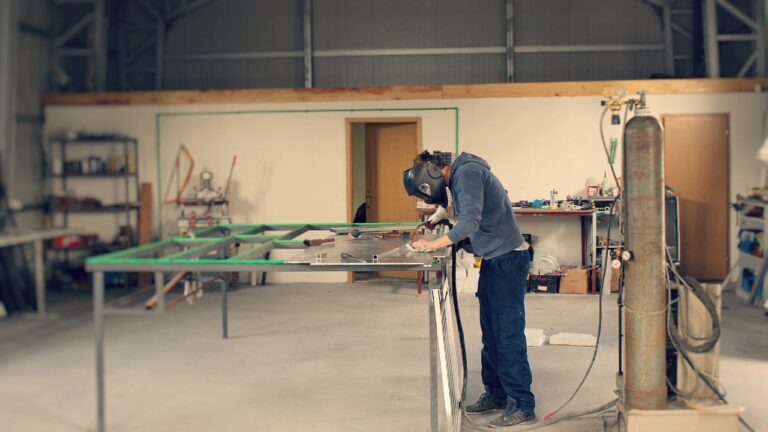Strategies for Building a Circular Economy: Reducing Waste and Maximizing Resources
In a circular economy, the first key principle is the importance of designing out waste and pollution. This means that products are created with a mindset focused on longevity and reusability, allowing them to maintain their value for as long as possible. By promoting this design strategy from the initial stages of production, companies can significantly reduce their environmental impact and contribute to a more sustainable future.
Another fundamental principle of a circular economy involves keeping products and materials in use for as long as possible. This entails shifting from the traditional linear model of production and consumption to a system where resources are continuously recycled and repurposed. By extending the lifespan of products through repair, refurbishment, and remanufacturing, businesses can minimize the depletion of finite resources and lessen the burden on the environment.
Understanding the Lifecycle of Products
Many products go through distinct stages from the extraction of raw materials to their disposal at the end of their life. This cycle encompasses the manufacturing process, distribution, usage by consumers, and eventual disposal or recycling. Understanding these stages is crucial in comprehending the environmental impact and sustainability of a product.
The lifecycle of a product begins with the extraction of raw materials, often involving mining, logging, or farming. These materials are then processed, manufactured into products, and transported to various markets. Once in the hands of consumers, products are utilized until they reach the end of their usability, at which point they are disposed of, recycled, or repurposed.
Implementing Sustainable Production Methods
To effectively implement sustainable production methods, companies must prioritize the reduction of waste and pollution throughout their manufacturing processes. This can be achieved by adopting practices that focus on resource efficiency, such as using renewable energy sources and optimizing water usage. Additionally, integrating circular economy principles into production strategies can help minimize the environmental impact of operations and promote long-term sustainability.
Furthermore, collaborating with suppliers and partners who share the commitment to sustainability is crucial for achieving meaningful progress in implementing sustainable production methods. By establishing clear guidelines and standards for environmentally friendly practices within the supply chain, companies can work towards creating a more holistic approach to production that considers the entire lifecycle of products. This collaboration can drive innovation and encourage the development of new solutions that benefit both the business and the environment.
• Implement practices focusing on resource efficiency
• Use renewable energy sources and optimize water usage
• Integrate circular economy principles into production strategies
• Collaborate with suppliers and partners committed to sustainability
• Establish clear guidelines for environmentally friendly practices in the supply chain
• Drive innovation and encourage development of new solutions
What are some key principles of a circular economy?
Some key principles of a circular economy include designing out waste and pollution, keeping products and materials in use, and regenerating natural systems.
Why is it important to understand the lifecycle of products?
Understanding the lifecycle of products is important because it allows us to identify opportunities for reducing waste, conserving resources, and minimizing environmental impacts.
How can sustainable production methods be implemented?
Sustainable production methods can be implemented by incorporating renewable energy sources, reducing water consumption, optimizing material use, and implementing recycling and reuse programs.







